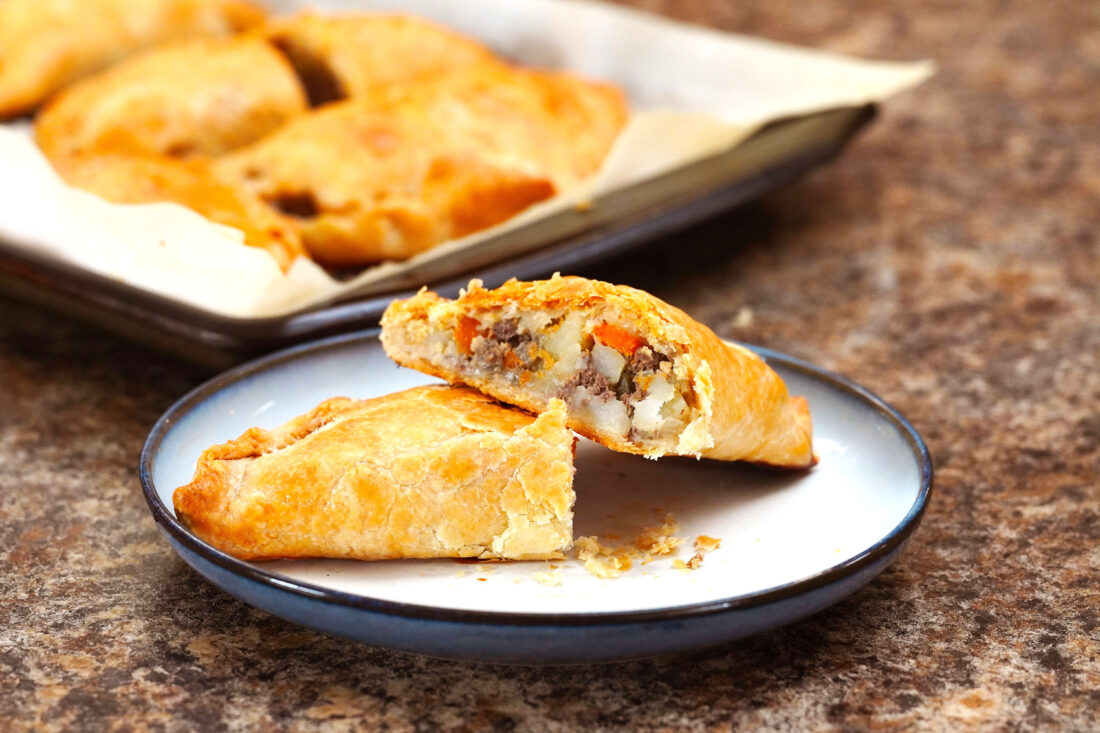NORTH DAKOTA OUTDOORS: Wild Game Care 101

Submitted Photo Game care isn’t complicated, but it does require a bit of thought, some preparation and a healthy respect for the animals we harvest. Photo by Ashley Peterson, NDGF.
If you’re anything like me, you’ve probably found yourself standing over a tailgate in November with cold fingers, a pocketknife that could use sharpening, and a few regrets.
Whether it’s a whitetail buck from the Sheyenne River breaks, a Badlands muley or prairie fawn, how we handle wild game after the shot matters just as much as the shot itself.
Each fall, I talk with hunters who are eager to do things right – ethically, legally and culinarily. Good game care isn’t complicated, but it does require a bit of thought, some preparation, and a healthy respect for the animals we harvest.
Deer: Clean, cool, quick
When it comes to big game, like deer, the golden rule is: get it clean, cool and dry as soon as you can. After the tag is filled and the high-fives are over, field-dressing should happen without delay. That means a sharp knife, clean gloves, and care to avoid puncturing the gut or bladder.
If temperatures are above freezing, it’s not enough to just hang your deer in the garage. Skinning it promptly helps it cool faster and avoids spoilage. And don’t forget that a clean carcass starts with a clean vehicle. Keep a tarp or game bag handy so road grime doesn’t undo your good work.
Upland birds: Feathered flavor
Pheasants and grouse may be smaller, but they deserve just as much care. I recommend field-dressing upland birds the same day you shoot them, ideally within a few hours. Plucking versus skinning is a matter of preference, but leaving the skin on can help retain flavor and moisture, especially on older birds that benefit from a bit more TLC in the kitchen.
One tip I often share is to avoid tossing birds into a pile in the back of the truck. A simple game strap or breathable game bag goes a long way in keeping your harvest in good shape.
Waterfowl: Ice, patience
Geese and ducks can be a challenge, both in the blind and in the kitchen. Proper care begins the moment you pick them up. If you’re hunting waterfowl all day, bring a cooler with ice. It might feel unnecessary on a 35-degree day, but birds piled up in a warm truck bed can quickly turn.
After the hunt, clean birds promptly, either by breasting or full-plucking depending on your plans. Don’t be afraid to experiment with new recipes. Waterfowl gets a bad rap from folks who overcook it. Treat it like the red meat it is – medium-rare with a little seasoning goes a long way.
Take the time to do it right. The meat will taste better, the memories will last longer, and the respect you show for the resource will carry forward into seasons to come.
Freezer management: Use it, don’t lose it
A common mistake I see is hunters forgetting what’s in the bottom of the freezer until the next season rolls around. By then, it’s too late. Even a well-packaged wild game doesn’t last forever.
– Label everything with species and date. You may think you’ll remember, but six months later, a mystery package of “meat” doesn’t help.
– Rotate your stock. Use older packages first, and inspect for signs of freezer burn – dry, gray edges or ice crystals inside the packaging.
– Plan your meals. Make it a goal to use at least one package of wild game each week through winter. It’s healthy, it’s local, and it’s a great way to keep your connection to the outdoors alive in the off-season.
Sharing harvest
Don’t forget that wild game is meant to be shared. Whether it’s jerky for your college kid who didn’t make it back, a pheasant pot pie at the potluck, or a venison roast for the neighbors, food is one of the best ways to pass along the story of your hunt.
What you do now – how you store, cook, and share your wild game – honors the effort, the animal, and the North Dakota outdoors we all value so deeply.



